Reebok 2015 Annual Report Download - page 108
Download and view the complete annual report
Please find page 108 of the 2015 Reebok annual report below. You can navigate through the pages in the report by either clicking on the pages listed below, or by using the keyword search tool below to find specific information within the annual report.-
 1
1 -
 2
2 -
 3
3 -
 4
4 -
 5
5 -
 6
6 -
 7
7 -
 8
8 -
 9
9 -
 10
10 -
 11
11 -
 12
12 -
 13
13 -
 14
14 -
 15
15 -
 16
16 -
 17
17 -
 18
18 -
 19
19 -
 20
20 -
 21
21 -
 22
22 -
 23
23 -
 24
24 -
 25
25 -
 26
26 -
 27
27 -
 28
28 -
 29
29 -
 30
30 -
 31
31 -
 32
32 -
 33
33 -
 34
34 -
 35
35 -
 36
36 -
 37
37 -
 38
38 -
 39
39 -
 40
40 -
 41
41 -
 42
42 -
 43
43 -
 44
44 -
 45
45 -
 46
46 -
 47
47 -
 48
48 -
 49
49 -
 50
50 -
 51
51 -
 52
52 -
 53
53 -
 54
54 -
 55
55 -
 56
56 -
 57
57 -
 58
58 -
 59
59 -
 60
60 -
 61
61 -
 62
62 -
 63
63 -
 64
64 -
 65
65 -
 66
66 -
 67
67 -
 68
68 -
 69
69 -
 70
70 -
 71
71 -
 72
72 -
 73
73 -
 74
74 -
 75
75 -
 76
76 -
 77
77 -
 78
78 -
 79
79 -
 80
80 -
 81
81 -
 82
82 -
 83
83 -
 84
84 -
 85
85 -
 86
86 -
 87
87 -
 88
88 -
 89
89 -
 90
90 -
 91
91 -
 92
92 -
 93
93 -
 94
94 -
 95
95 -
 96
96 -
 97
97 -
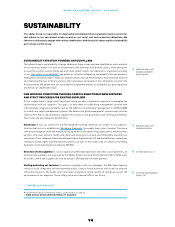 98
98 -
 99
99 -
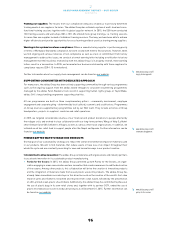 100
100 -
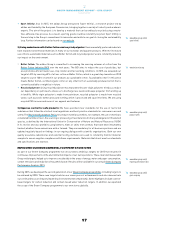 101
101 -
 102
102 -
 103
103 -
 104
104 -
 105
105 -
 106
106 -
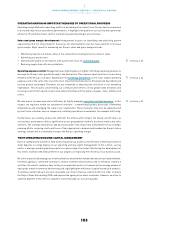 107
107 -
 108
108 -
 109
109 -
 110
110 -
 111
111 -
 112
112 -
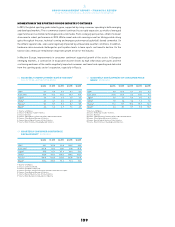 113
113 -
 114
114 -
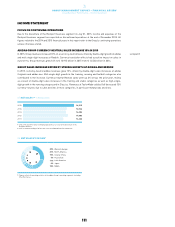 115
115 -
 116
116 -
 117
117 -
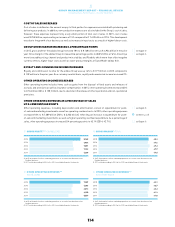 118
118 -
 119
119 -
 120
120 -
 121
121 -
 122
122 -
 123
123 -
 124
124 -
 125
125 -
 126
126 -
 127
127 -
 128
128 -
 129
129 -
 130
130 -
 131
131 -
 132
132 -
 133
133 -
 134
134 -
 135
135 -
 136
136 -
 137
137 -
 138
138 -
 139
139 -
 140
140 -
 141
141 -
 142
142 -
 143
143 -
 144
144 -
 145
145 -
 146
146 -
 147
147 -
 148
148 -
 149
149 -
 150
150 -
 151
151 -
 152
152 -
 153
153 -
 154
154 -
 155
155 -
 156
156 -
 157
157 -
 158
158 -
 159
159 -
 160
160 -
 161
161 -
 162
162 -
 163
163 -
 164
164 -
 165
165 -
 166
166 -
 167
167 -
 168
168 -
 169
169 -
 170
170 -
 171
171 -
 172
172 -
 173
173 -
 174
174 -
 175
175 -
 176
176 -
 177
177 -
 178
178 -
 179
179 -
 180
180 -
 181
181 -
 182
182 -
 183
183 -
 184
184 -
 185
185 -
 186
186 -
 187
187 -
 188
188 -
 189
189 -
 190
190 -
 191
191 -
 192
192 -
 193
193 -
 194
194 -
 195
195 -
 196
196 -
 197
197 -
 198
198 -
 199
199 -
 200
200 -
 201
201 -
 202
202 -
 203
203 -
 204
204 -
 205
205 -
 206
206 -
 207
207 -
 208
208 -
 209
209 -
 210
210 -
 211
211 -
 212
212 -
 213
213 -
 214
214 -
 215
215 -
 216
216 -
 217
217 -
 218
218 -
 219
219 -
 220
220 -
 221
221 -
 222
222 -
 223
223 -
 224
224 -
 225
225 -
 226
226 -
 227
227 -
 228
228 -
 229
229 -
 230
230 -
 231
231 -
 232
232 -
 233
233 -
 234
234 -
 235
235 -
 236
236 -
 237
237 -
 238
238 -
 239
239 -
 240
240 -
 241
241 -
 242
242 -
 243
243 -
 244
244 -
 245
245 -
 246
246 -
 247
247 -
 248
248 -
 249
249 -
 250
250 -
 251
251 -
 252
252 -
 253
253 -
 254
254 -
 255
255 -
 256
256 -
 257
257 -
 258
258 -
 259
259 -
 260
260 -
 261
261 -
 262
262 -
 263
263 -
 264
264 -
 265
265 -
 266
266 -
 267
267 -
 268
268 -
 269
269 -
 270
270
 |
 |

GROUP MANAGEMENT REPORT – FINANCIAL REVIEW
Internal Group Management System
104
3
CAPITAL EXPENDITURE TARGETEDTO MAXIMISE FUTURE RETURNS
Improving the effectiveness of the Group’s capital expenditure is another lever to maximise our operating
cash flow. We control capital expenditure with a top-down, bottom-up approach. In a first step, Group
Management defines focus areas and an overall investment budget based on investment requests from
various functions within the organisation. Our operating segments then align their initiatives within the
scope of assigned priorities and available budget. We evaluate potential return on planned investments
utilising the net present value method. Risk is accounted for, adding a risk premium to the cost of capital
and thus reducing our estimated future earnings streams where appropriate. By means of scenario
planning, the sensitivity of investment returns is tested against changes in initial assumptions. For large
investment projects, timelines and deviations versus budget are monitored on a monthly basis throughout
the course of the project.
The final step of optimising return on investments is our selective post-mortem reviews, where larger
projects in particular are evaluated and learnings are documented to be available for future capital
expenditure decisions.
NON-FINANCIAL KEY PERFORMANCE INDICATORS
In addition to the Group’s major financial KPIs to assess the performance and operational success of
the adidas Group, as outlined above, we have identified a set of non-financial KPIs that help us track our
progress in areas that are critical for our long-term success but are, however, not directly reflected in the
Group’s financial statements. These non-financial KPIs are assessed on a regular basis and managed by
the respective Group functions. Non-financial KPIs include market share and Net Promoter Score, our
customer delivery performance (On-Time In-Full), our employee engagement and a set of KPIs in the area
of our sustainability performance.
In the context of our strategic business plan ‘Creating the New’, we aim to further widen our holistic
performance management approach beyond financials. As a consequence, 2016 will see the first initiatives
towards ‘Integrated Performance Management’, which will be the engine to providing more transparency
to all parts of our business for even better decision-making and further enhancing true value creation.
02KEY FINANCIAL METRICS
1 Excluding acquisitions and finance leases.
Gross margin Gross profit
= × 100
Net sales
Operating margin Operating profit
= × 100
Net sales
Average operating
working capital
Sum of operating working
capital at quarter-end
=
4
Net cash/net borrowings =
Cash and cash equivalents
+ short-term financial assets
– short-term borrowings
– long-term borrowings
Operating working capital
in % of net sales
Average operating
working capital
= × 100
Net sales
Capital expenditure 1= Additions of property, plant and
equipment plus intangible assets
